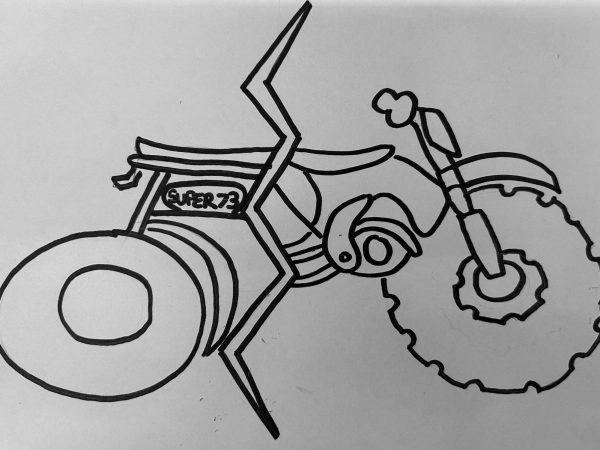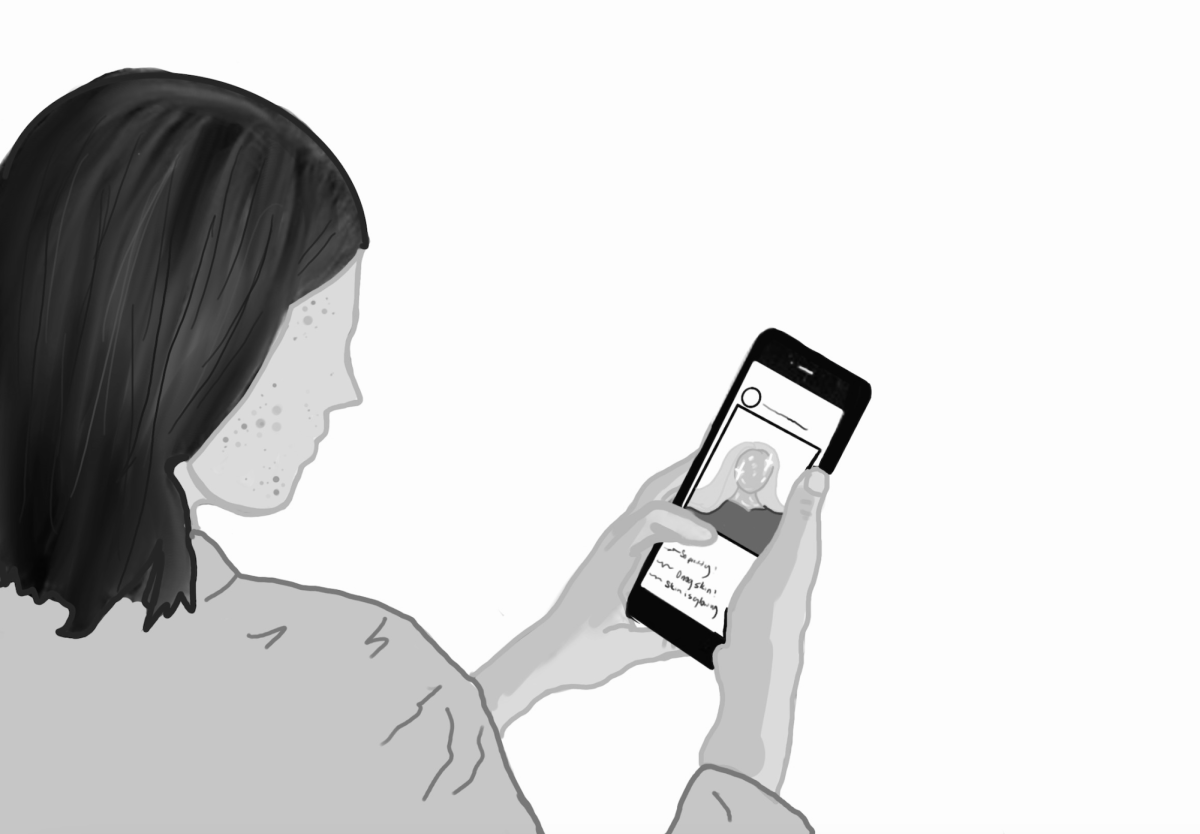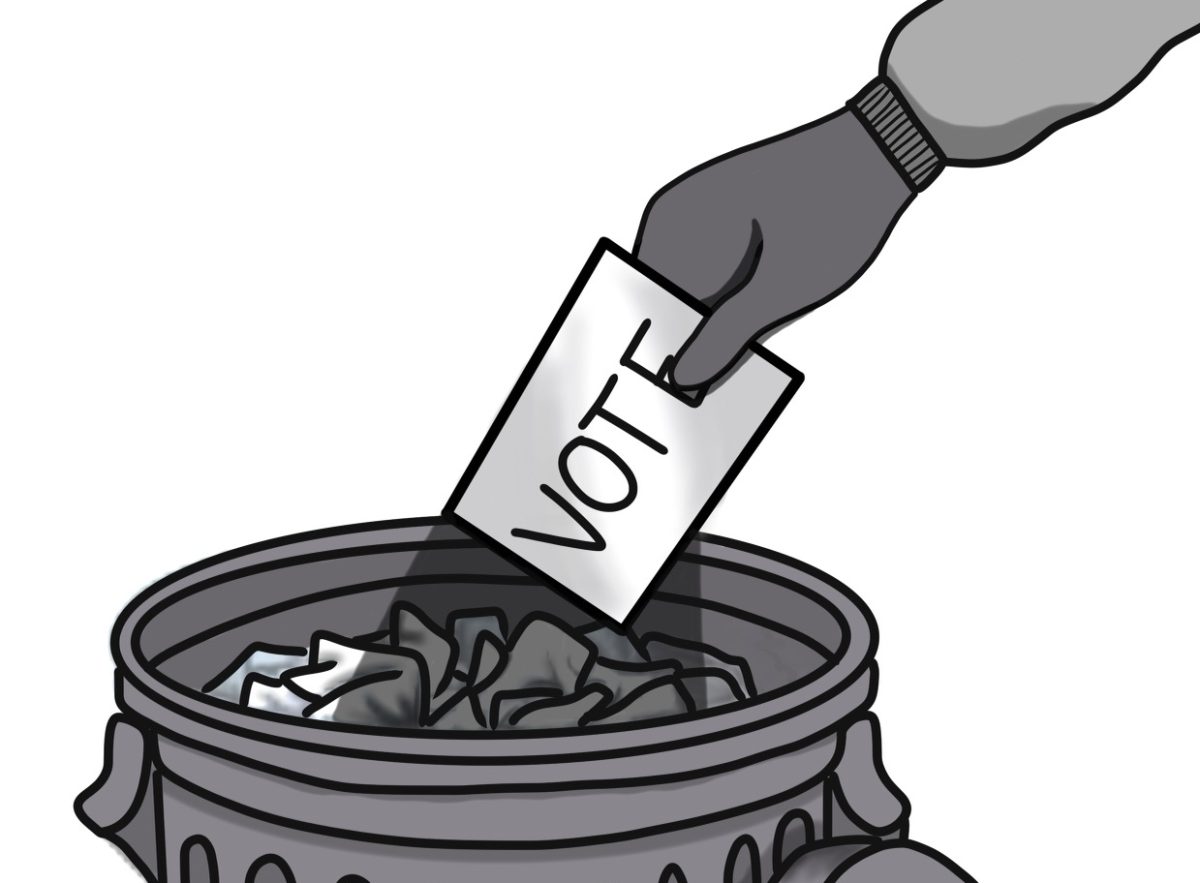On March 13, the Central Marin Police Department sent a message to the Tamalpais Union High School District (TUHSD) concerning electric motorcycles in Marin. The chief of police put out a statement saying, “Recently we have seen a large uptick in minors illegally riding electric motorcycles. Electric motorcycles are not to be confused with electric bicycles, which may be legal for minors under the age of 16 to ride.” For many, the idea of unlicensed children riding around on motorcycles could be alarming, almost dystopian. With this alarm comes new calls for regulations. E-bikes and E-motorcycles should require a stricter speed cap, be provided stricter enforcement or require a license.
A December 2023 article by The Guardian stated that between 2019 and 2022, E-bike sales leaped by 269 percent. With this extreme popularity comes extreme danger. According to a study done by the United States Consumer Product Safety Commission, nearly half (46 percent) of all estimated e-bike injuries from 2017 to 2022 occurred in 2022 alone. Accidents also increase drastically when a young person is at the helm of one of these vehicles. E-bikes as a mode of transport are similar to motorcycles and are detrimental to the health and safety of youth today. Although they are similar to motorcycles, those who ride E-bikes to school are predominantly underclassmen who cannot drive a car yet and thus do not have the necessary licenses or general road knowledge to do so. It is akin to giving a toddler a lighter instead of a blowtorch and calling it safe for the child and those around them.
Many E-bikes, with top operating speeds of 45-55 miles per hour (mph), are built with mechanical speed restrictions, often between 20-28 mph. Despite this, according to a New York Times article, the speed restraint can be removed easily. E-bikes can accelerate using only a throttle, just like a motorcycle. The line between motorcycle and bicycle has been blurred by the powerful electrical components an E-Bike contains.
In California, the minimum age to acquire a motorcycle license is 16. However, there is no minimum age to ride an E-bike; only a helmet is required. When I brought up E-bikes to my classmates, many responded with remarks like

“One of these days, someone is going to die.” While some might argue that E-bikes are not similar to motorcycles due to their bike-like framing and potential for manual usage, E-bikes can be operated with just a throttle, and speed can be gained over the speed limit by removing the part of the vehicle that controls speed. In general, many would disagree with allowing youth of any age or unlicensed people to ride a motorcycle, so why should youth with developing minds and brains with limited decision-making capabilities be allowed to ride motorcycles, just with the formal title of “E-bikes”?
E-bikes are incredibly dangerous, especially when a negligent rider is considered. Because in many places, such as Marin, E-bikes are banned on sidewalks, they are often found in streets where motorists do not expect them, leading to accidents. Some accidents are also created by recklessness and a lack of caution for road rules. In Oct. 2022, Marin County emergency medical services began distinguishing E-bike-related accidents from regular bike accidents. In the first month of data collection, 22 percent of bike-related 911 calls were E-bike-related. These statistics prove that the bike is likely not the problem but rather the recklessness of the person who rides it.
According to the same stats from Marin Emergency Medical Services, these numbers change drastically when age is considered. While only 12 percent of accidents for adults were e-bike-related, 71 percent of 911 responses for bike accidents among youth ages 10 to 19 were E-bike-related. All of these E-bike-related accidents occurred on city and town streets. There is a common factor in this equation, and that factor is the developing brain. Teens are uneducated about the road and the dangers it holds. The county of Marin holds “E-bike safety classes for teens,” but a teenager is unlikely to find themselves in one of these classes without persuasion from a guardian. Even then, it is likely the teen will not pay attention. There is no way to guarantee that anyone riding an E-bike knows anything about the rules of the road, and it is unlikely a young E-bike rider knows the complexities of road safety, leaving both the driver and rider in peril of serious injury and in many cases, death.
E-bikes are here to stay, but this doesn’t mean that we can’t mediate the threats they cause. One wise solution could be to require a license similar to a learner’s permit for those without a driver’s license. The learner’s permit test requires a knowledge of the rules of the road tested by a series of multiple-choice questions. This requires the user to complete a “driver’s ed” course to learn the rules of the road. E-bikes do not require a full license with a driving test as not only would that be difficult to facilitate, but it would also require significant funding and regulation and time taken away from decidedly more important driver tests. The multiple-choice test, when properly proctored, requires the taker to have at least a ground-level education of the rules of the road, making our roadways safer for all.



















